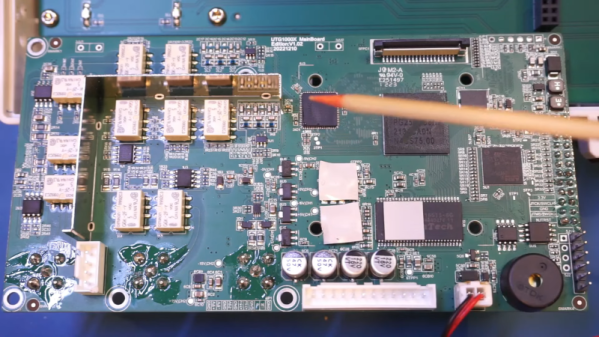There are probably very few people on this globe who at some point in time haven’t heard the term ‘Higgs Boson’ zip past, along with the term ‘God Particle’. As during the 2010s the scientists at CERN were trying to find evidence for the existence of this scalar boson and with it evidence for the existence of the Higgs field that according to the Standard Model gives mass to gauge bosons like photons, this effort got communicated in the international media and elsewhere in a variety of ways.
Along with this media frenzy, the physicist after whom the Higgs boson was named also gained more fame, despite Peter Higgs already having been a well-known presence in the scientific community for decades by that time until his retirement in 1996. With Peter Higgs’ recent death after a brief illness at the age of 94, we are saying farewell to one of the big names in physics. Even if not a household name like Einstein and Stephen Hawking, the photogenic hunt for the Higgs boson ended up highlighting a story that began in the 1960s with a series of papers.
Continue reading “Remembering Peter Higgs And The Gravity Of His Contributions To Physics”














